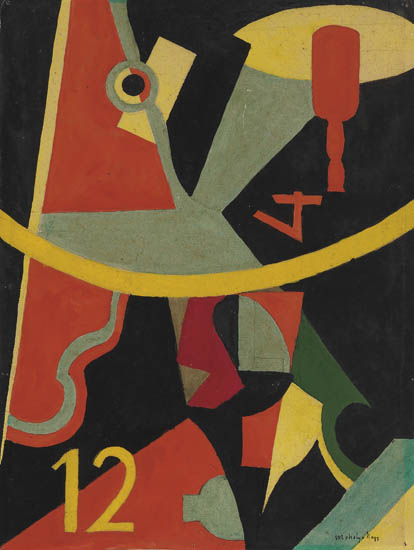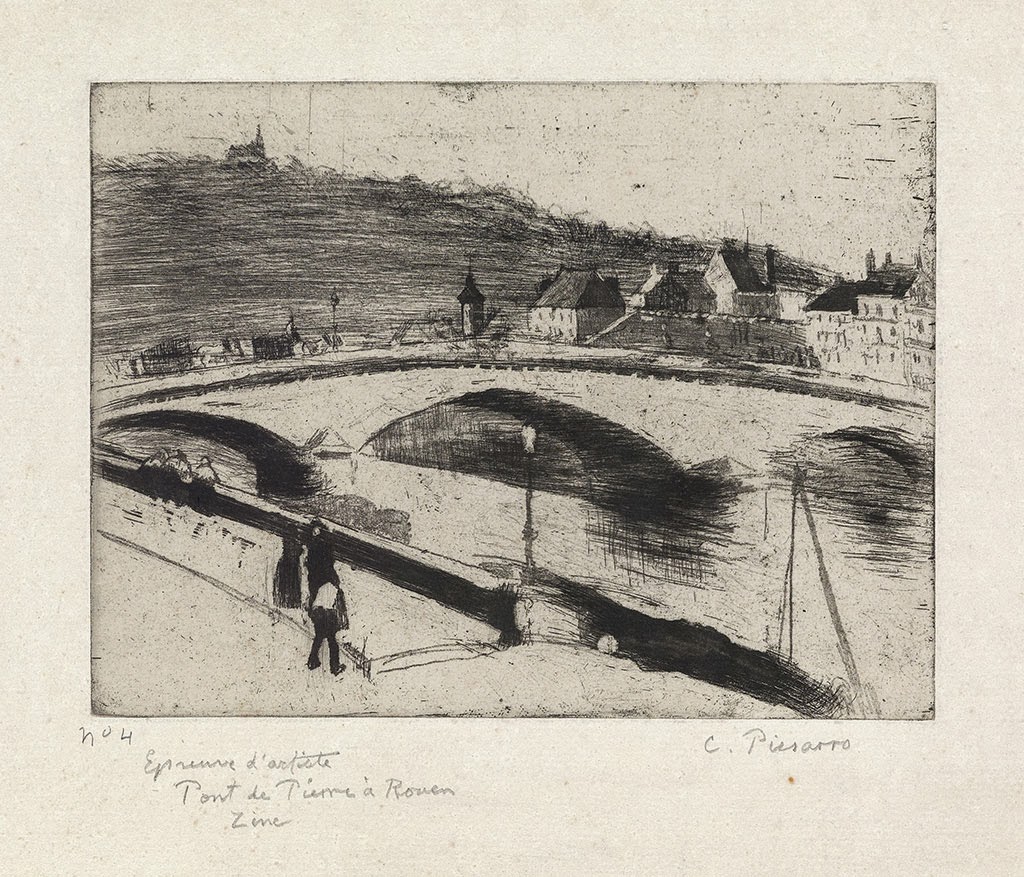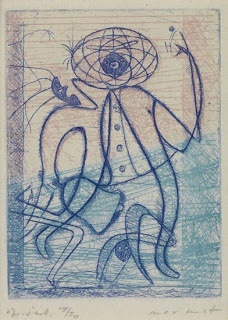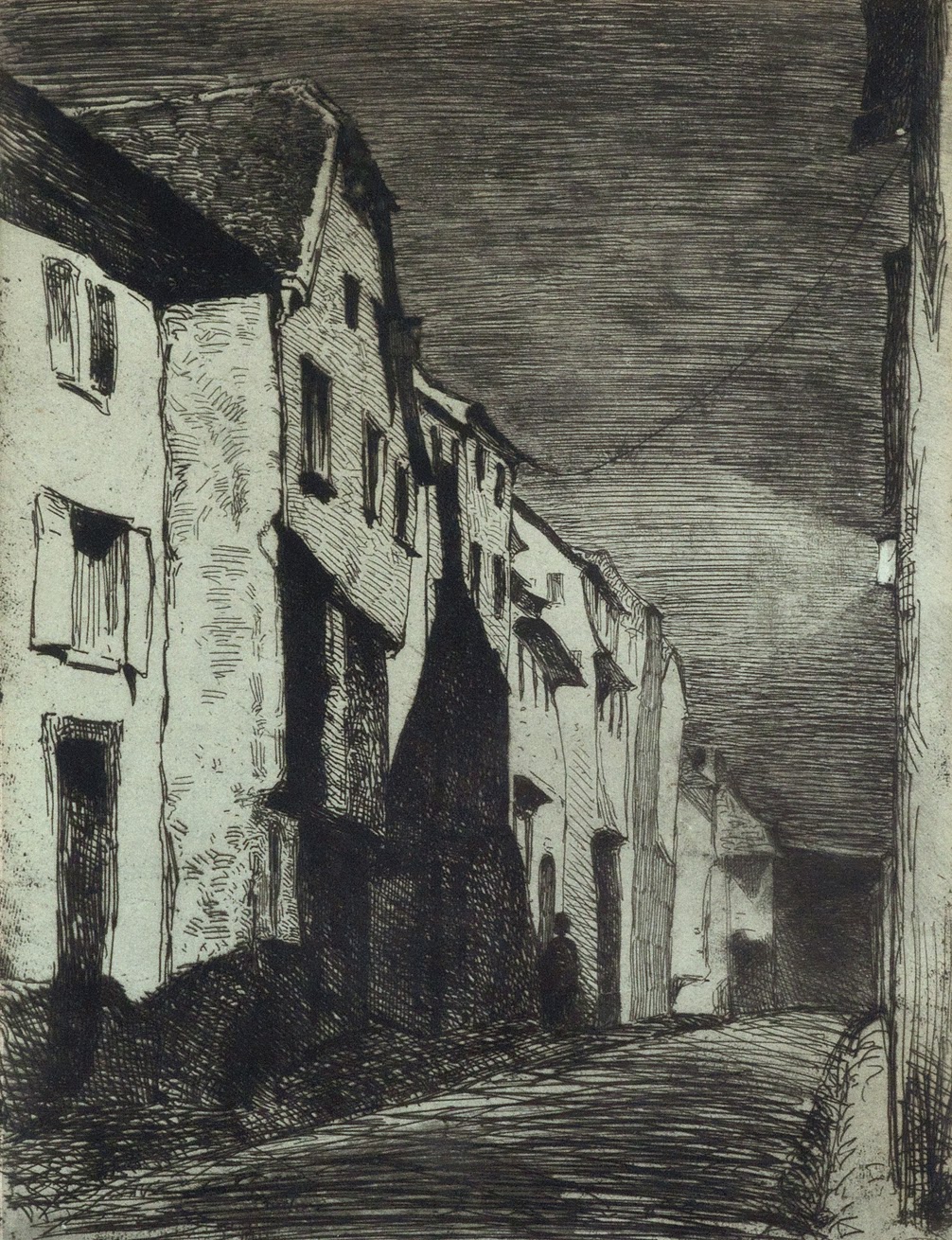Moholy-Nagy’s Watercolor

Swann will offer a László Moholy-Nagy gouache and watercolor Composition in our 19th & 20th Century Prints & Drawings auction tomorrow.
Moholy-Nagy (1894-1946) was an influential Jewish-Hungarian artist known for his contributions to art and design, and his association with the Bauhaus in Germany. Born László Weisz, he changed his surname after his father abandoned his family and took Nagy from his mother’s friend, a Christian lawyer who supported the family after his father left, and Moholy from the region where his family home was located, called Mohol. Initially he was interested in writing, and published his own poems and prose starting at the age of 13.
In 1914, soon after he entered Budapest University to study law, he was drafted into the Hungarian army where he sustained a serious injury in battle and, while recovering in the military hospital, began drawing on military-issued postcards. By the time he was discharged in 1918 he had completed 400 of these drawings. Moholy-Nagy received his law degree, with no intention of practicing professionally, and continued his art education with the avant-garde Fauvist artist Robért Borény.
In 1919, he left Hungary for Vienna and continued on to Berlin where he became an instructor at the Bauhaus. It is likely that this gouache composition was made just before he began his tenure at the Bauhaus. The stylistic components are consistent with other works from that period, such as his Large Railway Painting, 1920, now in the Thyssen-Bornemisza Collection, Madrid, with its similar numerical and geometric elements. He would soon abandon the Cubist forms and alpha-numerals seen in these works.
As he began his new role as Bauhaus instructor Moholy-Nagy became more focused on photography and new technology, adopting the Bauhaus emphasis on artistic versatility and the integration of art and design.He believed that photography presented a new way of seeing the world that the naked eye was not capable of, and shared his theories and teachings in a groundbreaking book, The New Vision, from Material to Architecture, 1938.
After leaving the Bauhaus in 1928, Moholy-Nagy created his famous kinetic sculpture–a work that deftly combines design and technology–known as the “Light-Space Modulator.” When World War II broke out, Moholy-Nagy was forced to uproot and moved to Holland, then London and finally Chicago. During his movements through Europe he worked freelance and contributed to large design projects that focused on innovative technology, widely spreading his name and reputation. In Chicago, with the support of American industrialist Walter Paepcke, he attempted to start an American Bauhaus school. An initial attempt failed due to a lack of financial backing, but a second attempt, the Institute of Design, succeeded, and is now part of Illinois Institute of Technology.
This particular work was once in the collection of the late esteemed literary agent Joan Daves, whose clientele included an array of Nobel Prize recipients, notably Hermann Hesse, Heinrich Böll, Elias Canetti and Dr. Martin Luther King, Jr. Daves began her career at Harper & Brothers, where in the 1940s she collaborated with Mrs. Mohology-Nagy while compiling a book regarding her husband’s art career.













![Grace Meschery-McCormack shares about two copies of Fernando de Rojas’s ‘La Célestine,’ including a limited edition copy illustrated by Pablo Picasso.
At auction April 22. Learn more about the works at the link in our bio.
#Rarebooks #rarebookdealer #antiquarianbooks #auctions
_______________________________________
Music Credit:
Schubert - Piano Quintet in A major ‘The Trout’, D. 667 - IV. Andantino – Allegretto
Music provided by Classical Music Copyright Free on Youtube [https://tinyurl.com/visit-cmcf]
Watch: • Schubert - Piano Quintet in A major ‘...]](https://scontent-iad3-1.cdninstagram.com/v/t51.75761-15/491443494_18499096345036585_5935932878956098058_n.jpg?stp=dst-jpg_e35_tt6&_nc_cat=107&ccb=7-5&_nc_sid=18de74&_nc_ohc=u_iWjSzBq6AQ7kNvwGP43px&_nc_oc=Adm2-RoP-ycffpqdlTNCCefFvNYdnM4Jbat2wE7WtBletQyey5mIGvoT4Ix2A95fVyg&_nc_zt=23&_nc_ht=scontent-iad3-1.cdninstagram.com&edm=AM6HXa8EAAAA&_nc_gid=DvaUa8Ej8X8cilv0gbsZnA&oh=00_AfEolkoOgQh7d-GuBeBaR_ZnjisXAlRrVKu8wvt3MziNsw&oe=681EDB51)




